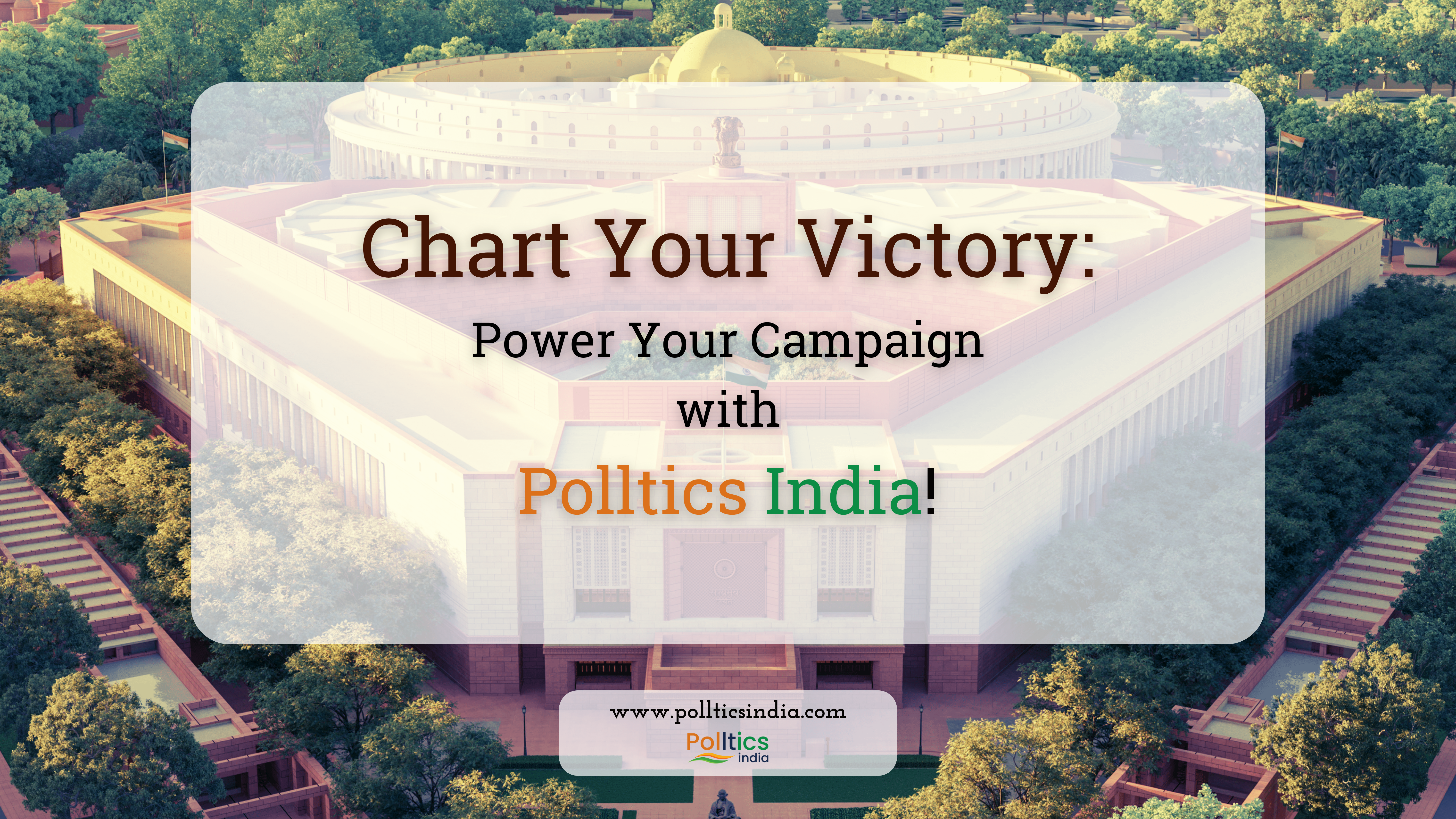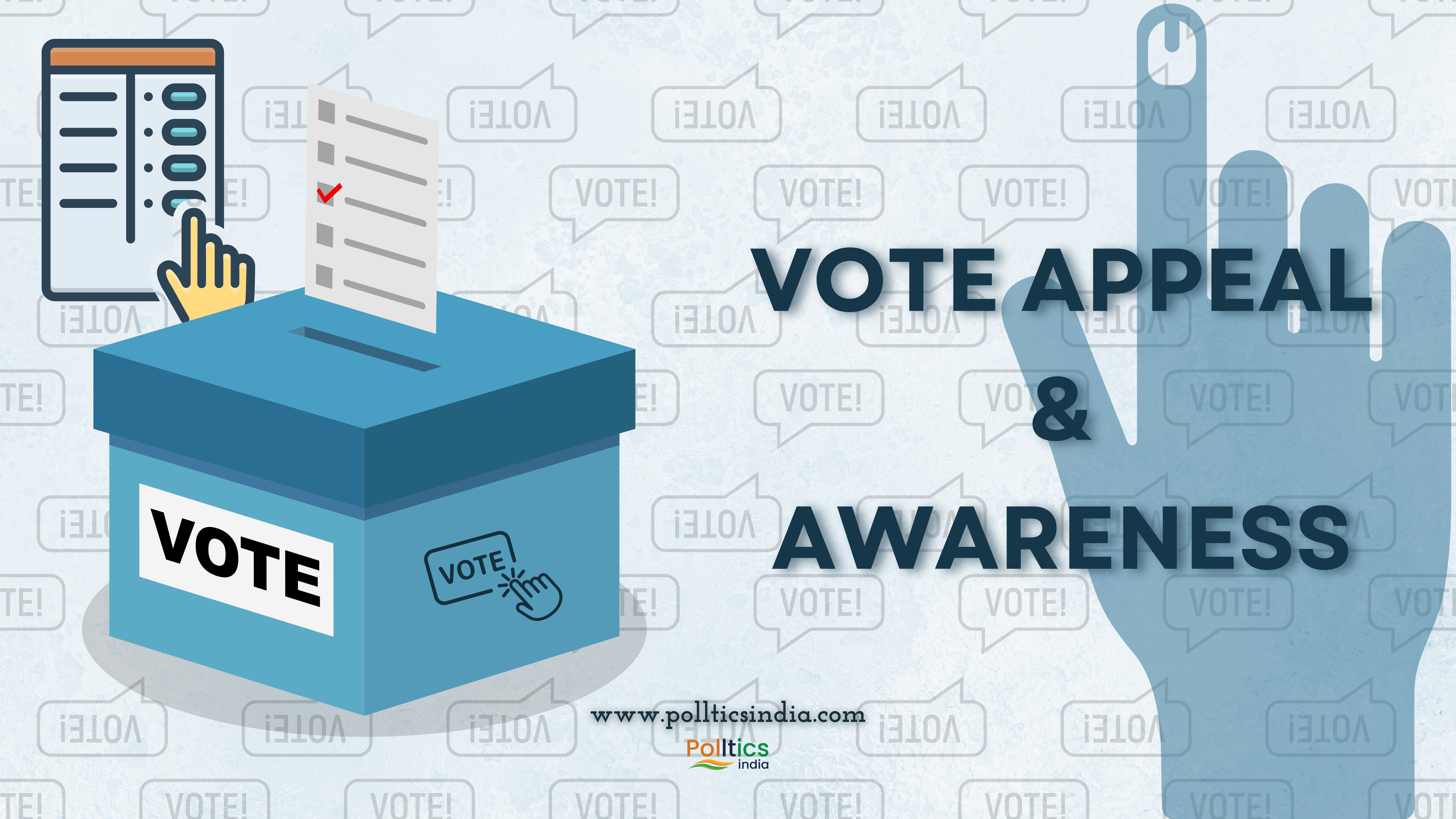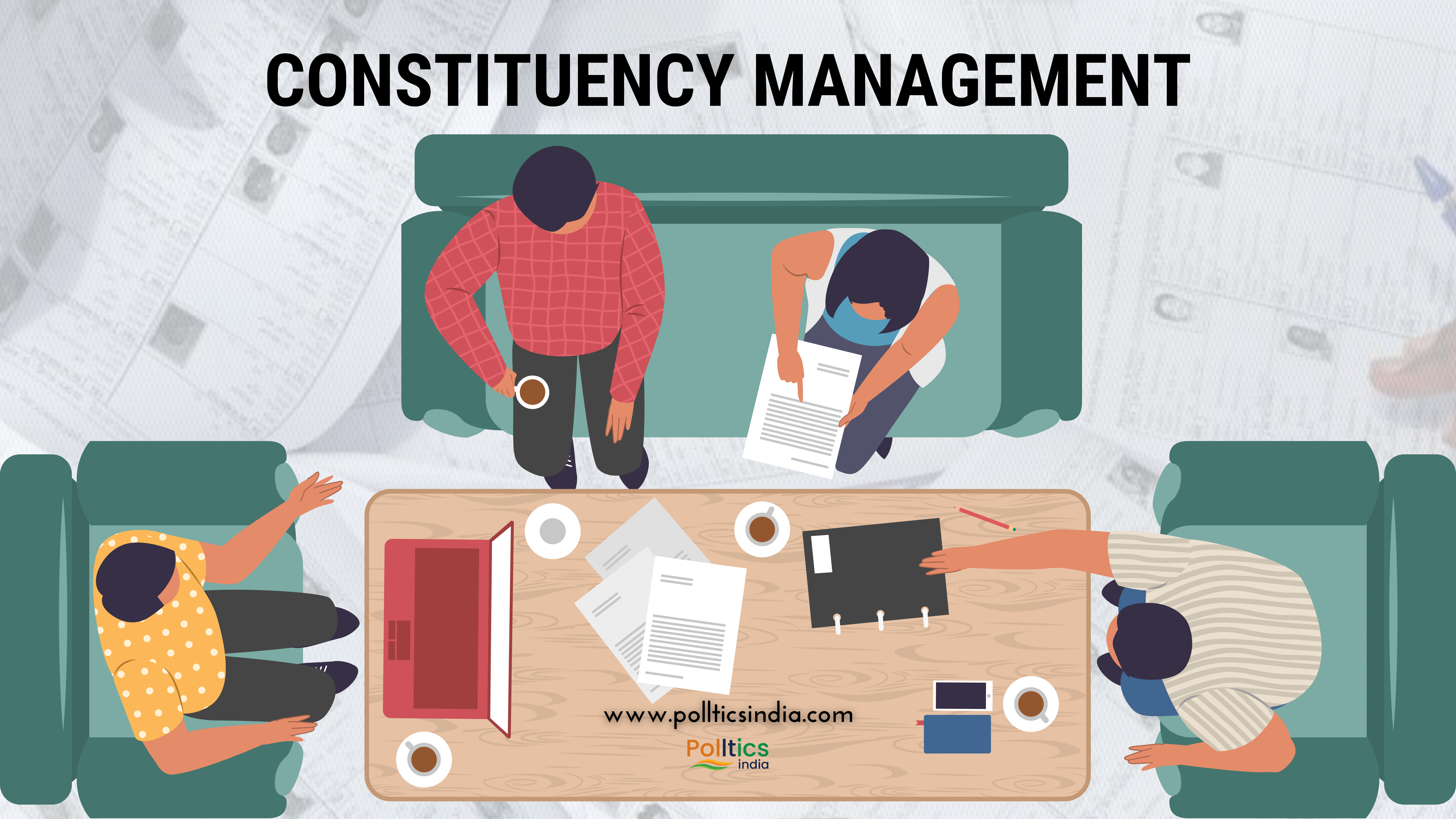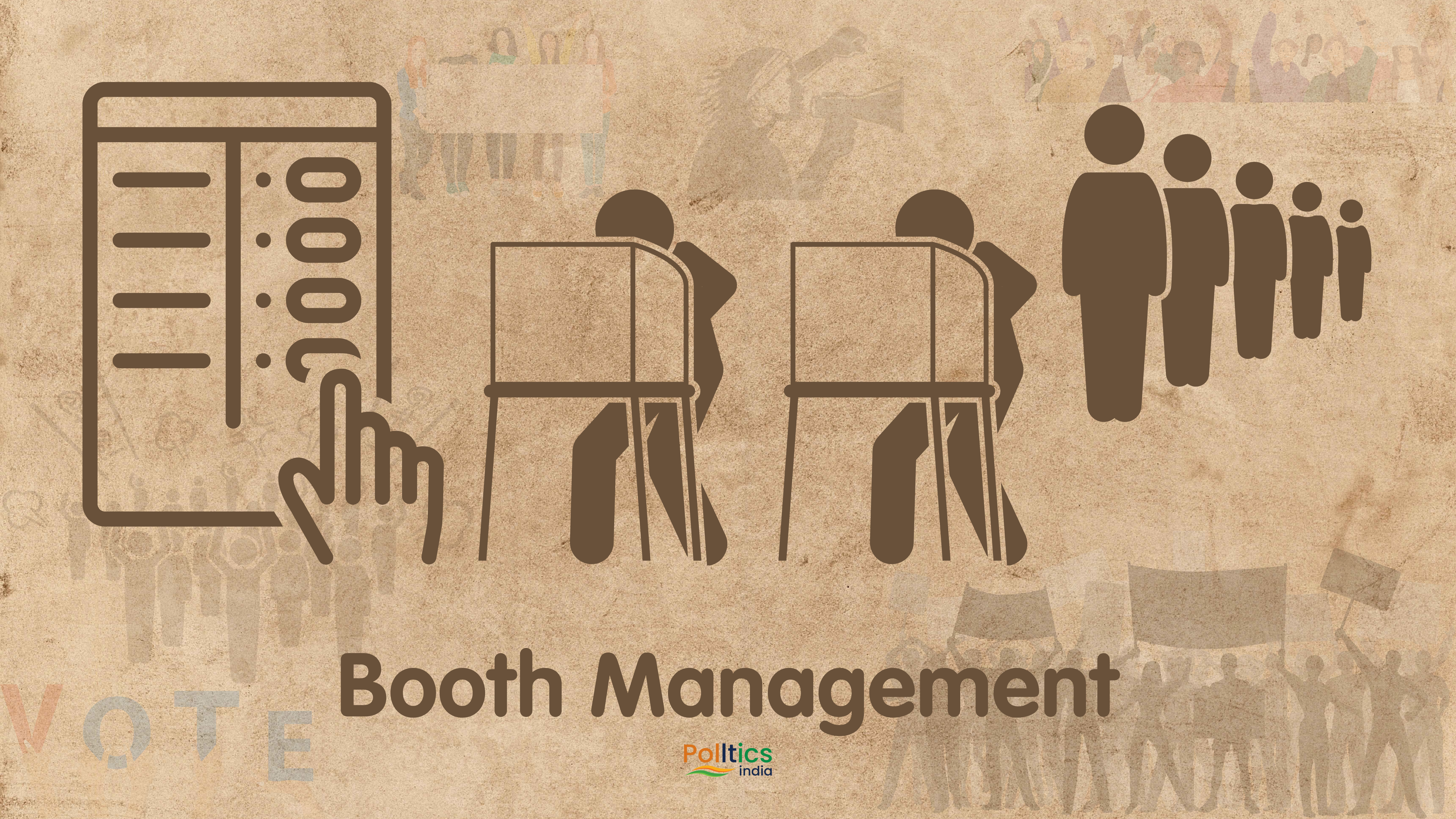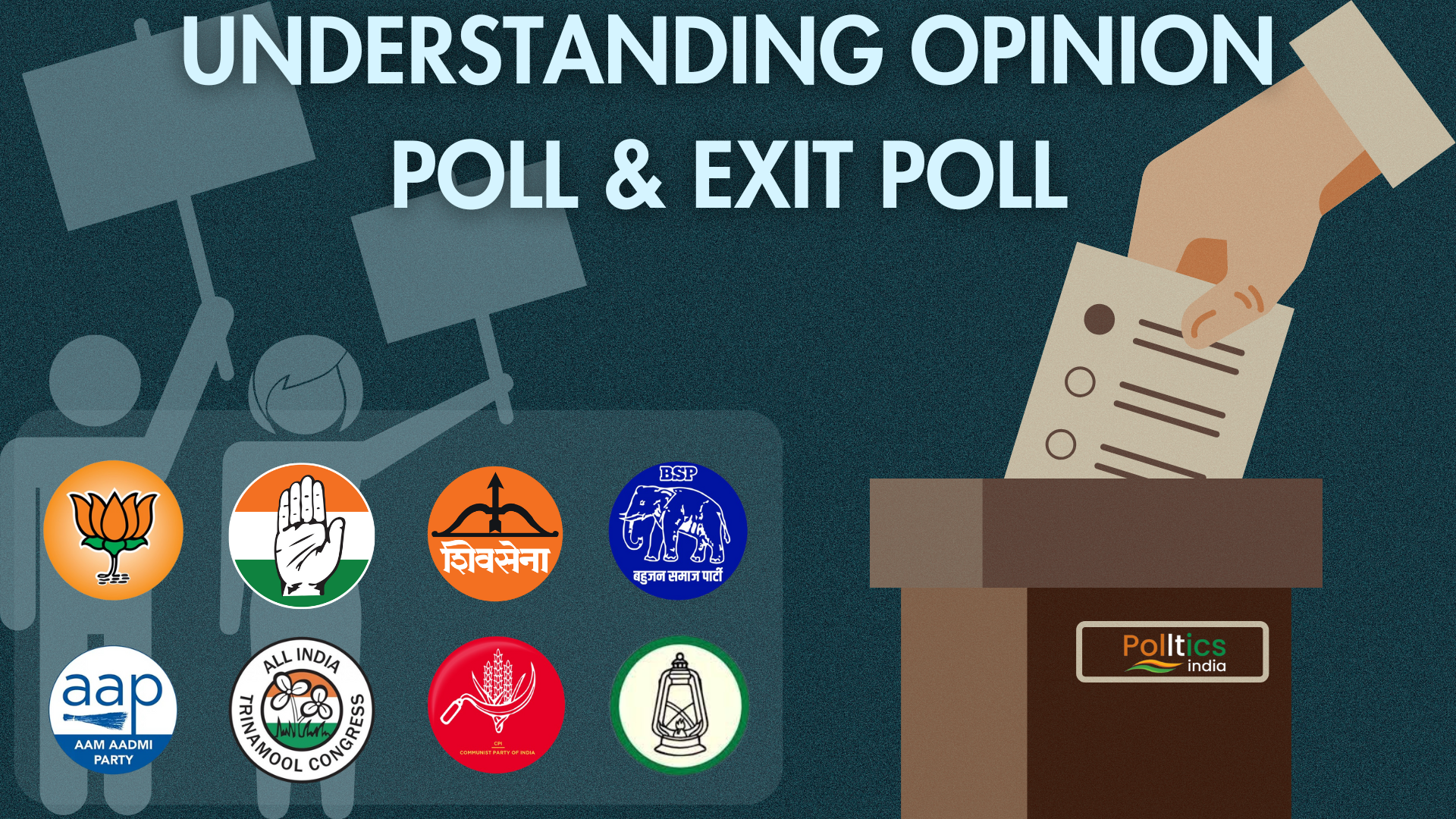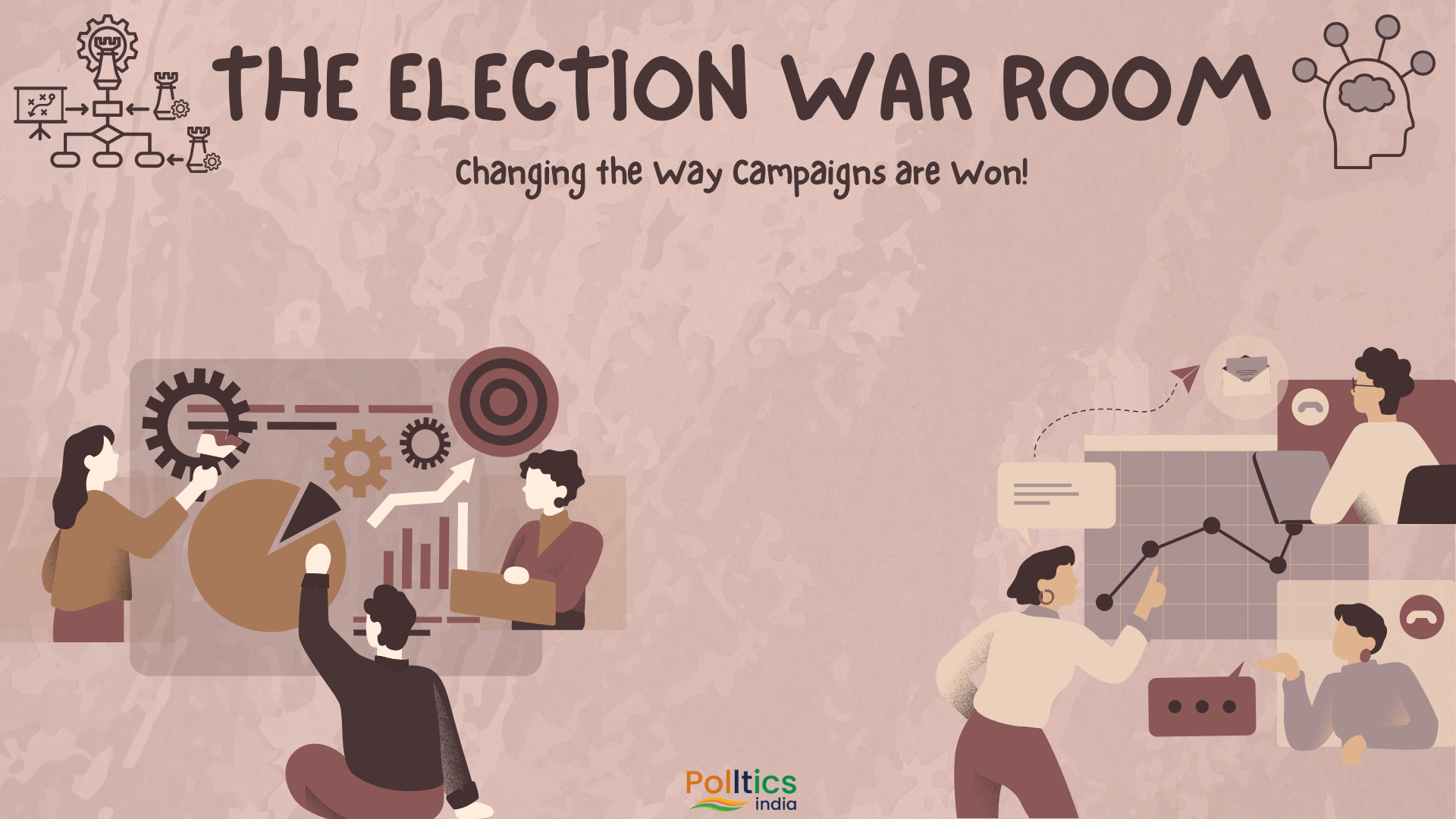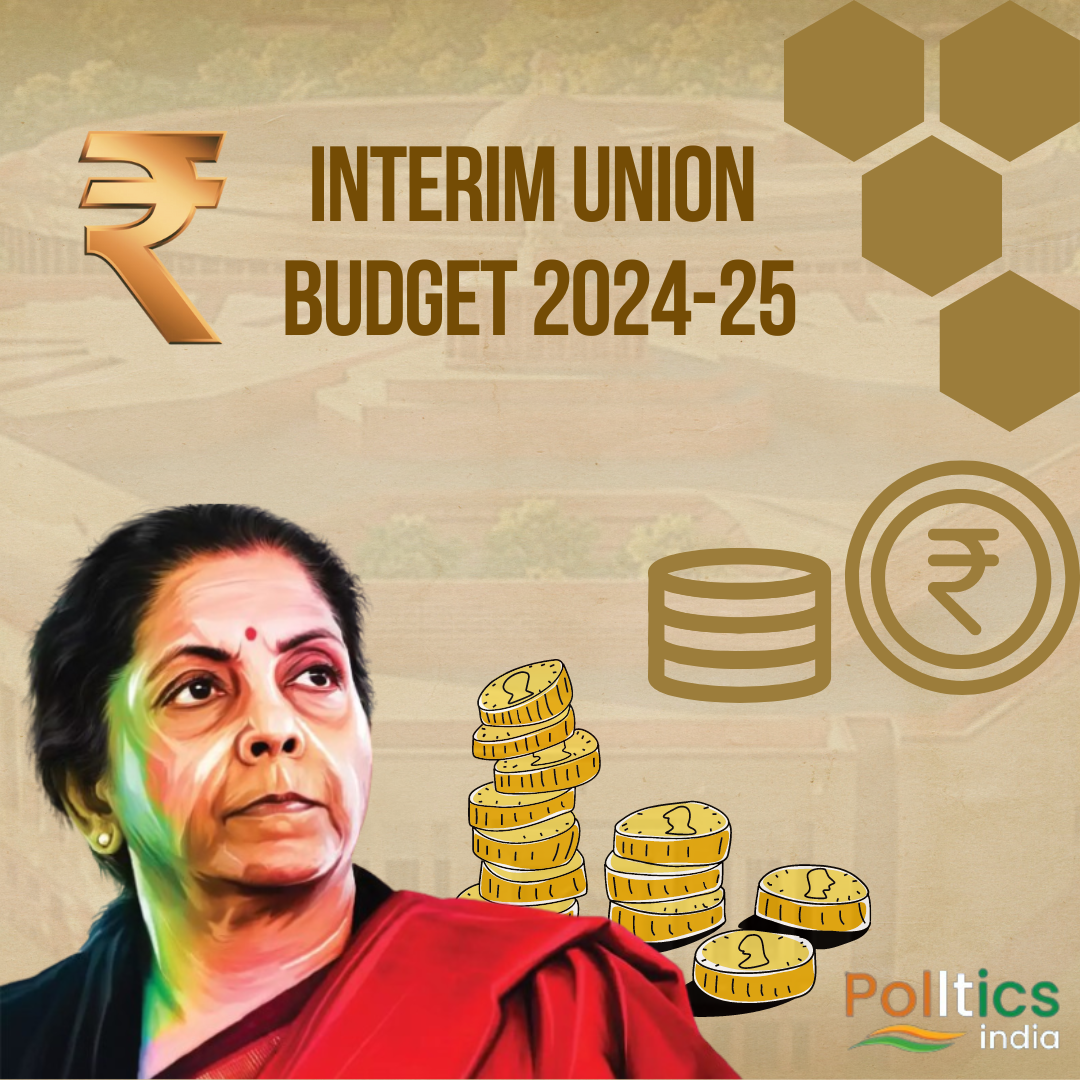
Interim Union Budget 2024-25: A Comprehensive Overview and the Impact of Elections
Introduction:
The recently presented Interim Union Budget for the fiscal year 2024-25 reflects the government's commitment to inclusive growth with the principles of 'Sabka Saath, Sabka Vikas, and Sabka Vishwas.' Finance Minister Smt. Nirmala Sitharaman outlined key measures across various sectors to address social justice, infrastructure development, and economic reforms. This article delves into the highlights of the budget, emphasizing its impact on different sections of society, the economy, and how electoral considerations may have influenced certain decisions.
Part A: Social Justice
-
Upliftment Focus:
- Prime Minister's emphasis on the upliftment of four major categories – 'Garib' (Poor), 'Mahilayen' (Women), 'Yuva' (Youth), and 'Annadata' (Farmer).
- "Garib Kalyan, Desh ka Kalyan" with government assistance to 25 crore people out of multi-dimensional poverty in the last decade.
-
Financial Inclusions and Assistance:
- Direct Benefit Transfer (DBT) of Rs. 34 lakh crore using PM-Jan Dhan accounts, leading to significant government savings.
- PM-SVANidhi providing credit assistance to 78 lakh street vendors, highlighting the government's support for the informal sector.
- PM-KISAN SAMMAN Yojana benefiting 11.8 crore farmers, coupled with the PM Fasal Bima Yojana for crop insurance.
-
Women Empowerment and Housing:
- Over 70% of houses under PM Awas Yojana allocated to women from rural areas.
- Significant strides in female enrollment in higher education and STEM courses, showcasing the momentum for Nari Shakti.
-
Healthcare and Agriculture:
- Extension of Ayushman Bharat scheme to cover all ASHA workers, Anganwadi Workers, and Helpers.
- Pradhan Mantri Kisan Sampada Yojana and Pradhan Mantri Formalisation of Micro Food Processing Enterprises Yojana boosting the agriculture and food processing sector.
-
Infrastructure Development:
- Capital expenditure for infrastructure development and employment generation increased by 11.1% to Rs. 11,11,111 crore, signaling a commitment to robust growth.
- Identification of three major economic railway corridor programs under PM Gati Shakti for improved logistics efficiency.
-
Energy and Green Initiatives:
- Ambitious targets for green energy, including the setup of 100 MT coal gasification and liquefaction capacity by 2030.
- Mandatory blending of compressed biogas in compressed natural gas for transport and piped natural gas for domestic purposes.
-
Tourism and Investments:
- States encouraged for comprehensive development of iconic tourist centers.
- Robust FDI inflow during 2014-23 and a provision of Rs. 75,000 crore as a fifty-year interest-free loan for state-level reforms.
-
Research and Innovation:
- Establishment of a Rs. 1 lakh crore corpus with a fifty-year interest-free loan for research and innovation.
- A new scheme for strengthening deep-tech technologies for defense purposes and promoting 'atmanirbharta.'
Part B: Fiscal Measures
-
Direct Taxes:
- Retention of existing tax rates for direct taxes, reflecting stability and continuity.
- Positive outcomes, including a tripling of direct tax collections and an increase in return filers over the past decade.
-
Taxpayer Services and Relief:
- Withdrawal of outstanding direct tax demands up to Rs 25,000 and Rs 10,000 for specific financial periods, benefiting one crore taxpayers.
- Extension of tax benefits to startups and the extension of tax exemptions for certain income of IFSC units.
-
Indirect Taxes and GST:
- Retention of existing tax rates for indirect taxes and import duties, ensuring consistency.
- GST's positive impact on supply chain optimization, reduced compliance burden, and lower logistics costs.
-
Tax Rationalization and Achievements:
- Notable achievements in tax rationalization, including the increase in the income threshold for no tax liability and thresholds for presumptive taxation.
- Corporate income tax reductions for existing and new manufacturing companies.
-
Taxpayer Services and Efficiency:
- Reduction in average processing time of tax returns and the introduction of faceless assessment and appeal for greater efficiency.
- Customs reforms leading to reduced import release time and improved ease of doing business.
Economic Progress and the Role of Elections:
The budget showcases the journey of the Indian economy from 2014 to the present, emphasizing the government's efforts to attract investments, implement reforms, and instill hope among the citizens. The focus on 'nation-first' has yielded positive results, with notable achievements in tax collection, infrastructure development, and social welfare.
However, the influence of electoral considerations cannot be ignored. The budget, being an interim one, is often shaped by the need to appeal to a diverse voter base. Measures such as financial assistance to farmers, women empowerment, and infrastructure development are likely aimed at garnering support from key demographic segments.
The extension of tax benefits, especially to startups, and the emphasis on green initiatives align with contemporary electoral priorities, appealing to the aspirations of the youth and environmentally conscious voters. The provision of a fifty-year interest-free loan to states for reforms indicates a long-term vision that could resonate with state governments looking to showcase development in the run-up to elections.
Conclusion:
The Interim Union Budget 2024-25 reflects a balanced approach, addressing social justice, economic growth, and fiscal sustainability. The government's achievements, coupled with the strategic measures outlined in the budget, set the stage for a comprehensive economic revival. While the electoral context may have influenced certain decisions, the overarching focus remains on inclusive development, aligning with the government's vision of 'Sabka Saath, Sabka Vikas, and Sabka Vishwas.

